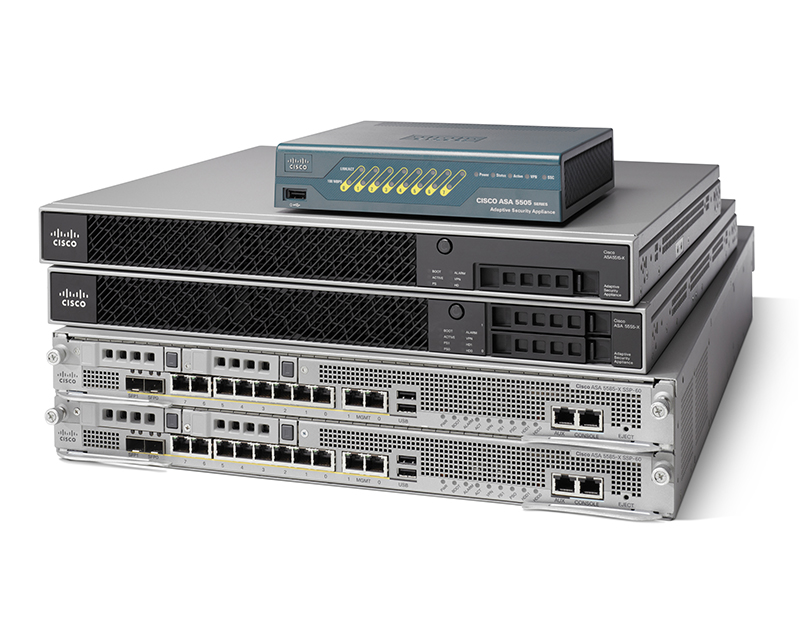AnyConnect Profiles
XML and profile files are stored locally to the users machine. The location varies based on OS.
Update 27.05.2017
Windows 8 and Windows 10 included

XML and profile files are stored locally to the users machine. The location varies based on OS.
Update 27.05.2017
Windows 8 and Windows 10 included
Thank you for this info. This was the first link I saw for macos.
Update:
Same location for Windows 10 Professional 64bit
%ProgramData%\Cisco\Cisco AnyConnect Secure Mobility Client\Profile
Note that ProgramData folder is hidden by default, so you must go to VIEW in Windows Explorer and opt to see hidden files.
Thanks for the update.
Where are they on an iPhone?
The AnyConnect VPN Client Profile is an XML file downloaded from the secure gateway that specifies client behavior and identifies VPN connections. Each connection entry in the VPN Client Profile specifies a secure gateway that is accessible to this endpoint device as well as other connection attributes, policies and constraints. These connection entries, in addition to the VPN connections configured manually on the device, are available to choose from when initiating a VPN connection.
Procedure
Step 1 From the AnyConnect home page, tap Diagnostics > Profile.
Step 2 Choose:
Import Profile—to specify the URL of a VPN profile to import.
Delete Profile—to delete the current VPN profile from the device.
Note If you reconnect to the domain, IP address, or Group URL of the same ASA, AnyConnect reloads the VPN profile and re-enforces the security policies.
Show Profile—to show or hide the current VPN profile on your device.
I am sorry, but why is this a video? You could literraly just copy these url’s and paste them here…
Thanks to watch it!
Don’t be sorry. It’s a legitimate question. Seriously! Why?
My hostname is registered in C:\ProgramData\Cisco\Cisco AnyConnect Secure Mobility Client\preferences_global.xml and not in an XML file in the Profile folder. Is that ok?